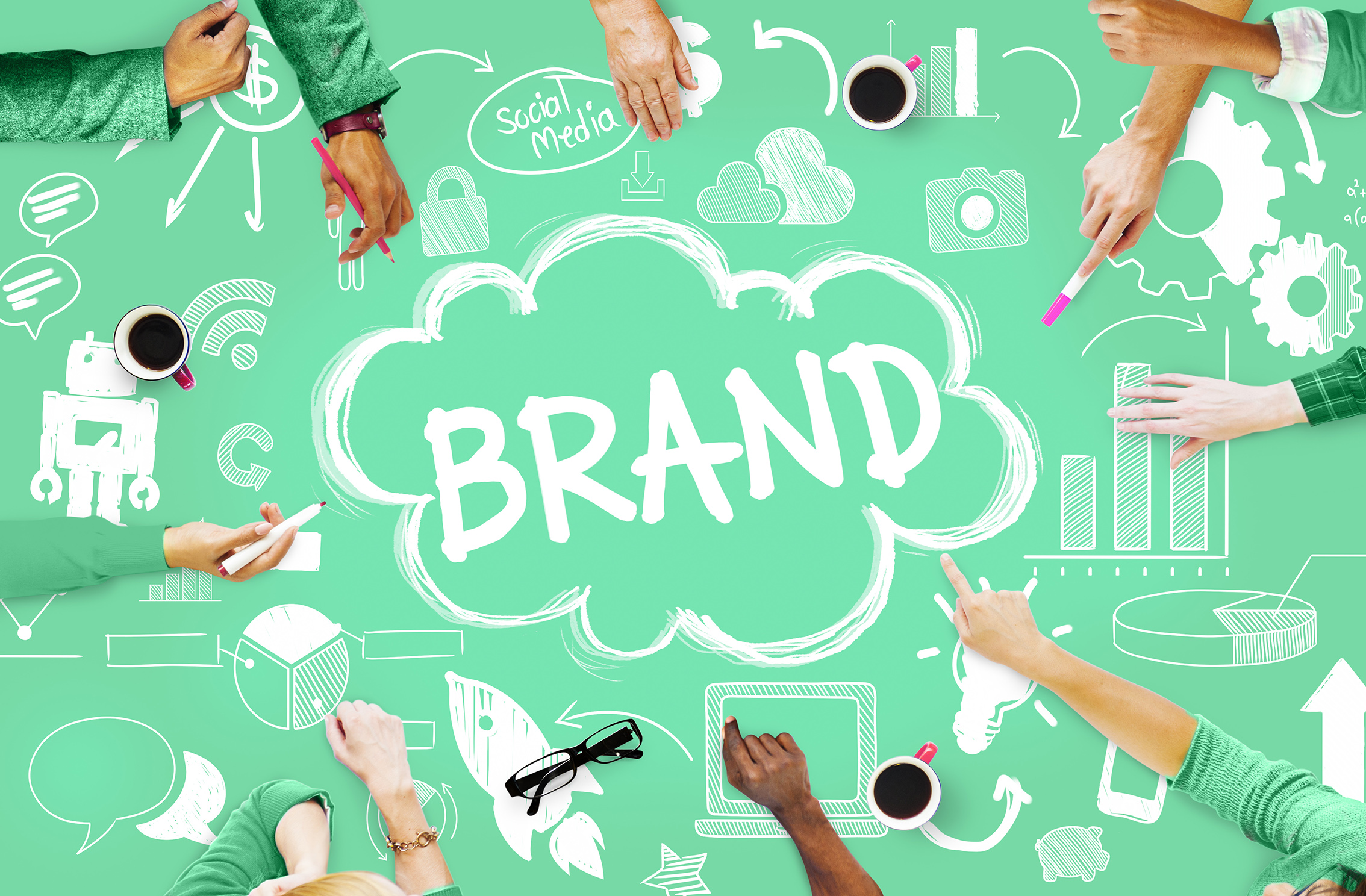As of the fiscal 1981-2, Iranian industries have experienced three periods of major transition.
“Right now we’re at the threshold of the third period. These transformations are important in the results and outlooks they have created in the country’s economic ecosystem,” Reza Zarrini, a branding advisor, wrote in an article published in the Iranian daily Jahan-e Sanat. A free translation follows:
Production-Oriented Period (1981-2007)
This was a period of producers’ monopoly when there was a plethora of customers and production was limited. This brought about a situation in which industrial units could pre-sell their goods and all their products were sold in cash straight out of the factories without needing a sales outlet.
The outlook among industrialists in this period was “produce and make money” and we call them “production generation”.
Though bright and capable in production, this generation was inept in developing their businesses. They didn’t find the time or feel the need to expand their enterprise since they had no rival and saw no need for marketing or getting feedback from customers.
Sales-Oriented Period (2008-2014)
This period was when cheap foreign rivals like China entered the scene. It was the time when industries put an end to production and instead embarked upon imports of completely knocked-down units and moved towards assembling products.
At this stage, the common outlook was a sales-oriented one, meaning: “sell and make money”. This was the era of the “sales generation”.
This era gave rise to the inflow of low-quality products much to the dissatisfaction of consumers. As such, they grew reluctant to buy Chinese products or their domestic counterparts. Yet, there weren’t many alternatives to choose from.
Brand-Oriented Period (2015-Present)
With the appearance of well-known foreign brands in the domestic market and large-scale advertisements in Iranian and foreign media, the production and sales arena became all the more narrow and specialized.
The marketing and branding expenses were imposed on the industries for them to be able to win the loyalty of customers and turn themselves into renowned brands.
An ever-growing competitive market began to emerge in this period. With the advent of this stage in Iranian industries, the monopolies are increasingly exposed to the risk of collapse. The prevailing outlook here is a brand-oriented one, meaning: “influence your customers’ minds so you can get hold of their pockets.”
We call this generation the “branding generation” who are mainly the offspring of the first generation. These are young, pragmatic and intrepid minds ready to expand their business even beyond borders.
Global Market Trend
The same transitional stages happened in the international market more than 100 years ago. The global production age began around 1900 and lasted until 1950 when the sales period started and marketing science took shape.
Somewhere around 2000, this field of knowledge reached its zenith and by then consumer tastes were refined. The glib-tongued marketing experts could no longer persuade customers to buy products that were substandard.
It was then that branding came to the rescue. Producers learnt that by observing the new rules of the game, they could win the heart of customers who will back them up in times of recessions and hardship. These industries expanded their businesses even to the remotest countries and profited immensely.
Adapt or Sufffer
The ones who understood and adapted themselves to the transformations of the abovementioned periods made the most money and the ones who held on to the past suffered failure.
But where does our problem lie? Why don’t we have Iranian international brands? Why is it that without oil exports, our economy doesn’t have much to work with? Doesn’t Iran have anything other than raw material to offer the world markets?
The problem is that we have trodden the path that took the world 100 years in less than 30 years. In other words, we are now in the branding age, while our investors, entrepreneurs, industrialists and managers still belong to the production generation with the old-fashioned mindset.
They consider themselves as gods sitting in their factories believing themselves to be the know-alls. Their conspicuous achievements during the production-oriented period are now chains around their ankles. They are prisoners of their past success and no matter how much you try to explain and clarify the current situation, they won’t listen.
Across the world, the transition took over 100 years. This means the offspring of the production age created the sales age and their offsprings brought about the branding age.
What we need now is to accept the changes in the course of events. The current economic situation will likely persist, unless the production generation retires or adapts itself to the new age.


